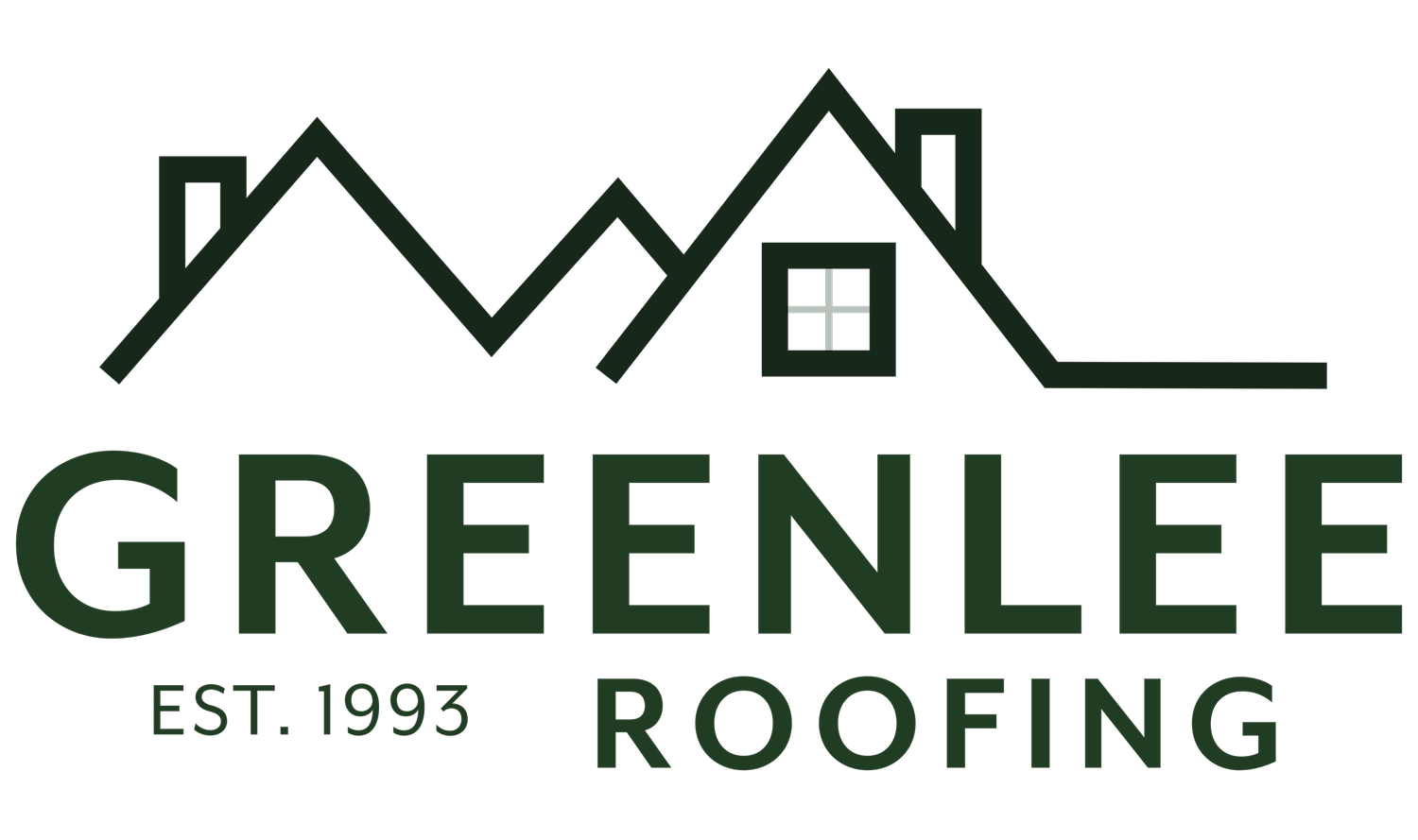Roof Replacement: Signs & When to Do It
Your roof is your home's first line of defense against the elements, shielding you and your family from rain, wind, snow, and sun. However, even the most durable roofs can deteriorate over time, leading to potential leaks, structural damage, and costly repairs. Knowing when it's time for a roof replacement is crucial for maintaining the integrity and safety of your home. In this guide, we'll explore the signs that indicate your roof may need replacing and when it's best to take action.
1. Shingle Health
One of the most visible signs that your roof may need replacing is the condition of its shingles. Shingles should lie flat against the roof surface, forming a tight seal to prevent water infiltration. If you notice patches of cracked, damaged, or buckling shingles, it's a clear indication that repairs are necessary. Additionally, keep an eye out for shingle granules in your gutters and downspouts. While some granule loss is considered normal, a significant loss of granules can signal that your roof is reaching the end of its lifespan.
2. Visible Shininess
In Central Oregon, especially, visible shininess or where you can see fiberglass netting below is likely the top indicator that your roof needs repair or replacement. Central Oregon’s high desert heat beats down on shingles and wears away the asphalt layer, thus exposing the fiberglass "mat," which is the "bone structure" of a shingle.
3. Flashing
Flashing is the material used to seal the seams around vents, skylights, chimneys, and other protrusions on your roof. Its purpose is to prevent water from seeping into vulnerable areas and causing leaks. Inspect the flashing for any cracks, breaks, or deterioration that could compromise its effectiveness. Upgrading to a metal flashing system can provide added durability and protection against the elements.
4. Signs of Moisture and Rot
A sagging or droopy roof is a clear indication that it's time for a replacement. Sagging spots, rotting boards, and signs of trapped moisture should be addressed promptly to prevent further damage to your home's structure. Pay close attention to areas with the lowest points in the roof, as they are more susceptible to moisture buildup and rot.
When to Take Action
If you suspect that your roof may be nearing the end of its life or if you're unsure about the condition of your roof, give Greenlee a call for a complimentary assessment. Our inspections are free and could save your home from severe damage down the line.
Remember, investing in a new roof is an investment in your home's long-term health and safety. By staying vigilant and proactive, you can ensure that your roof continues to provide reliable protection for years to come. Don't wait until a minor issue becomes a major problem—take action to safeguard your home and family with a timely roof replacement when needed.


